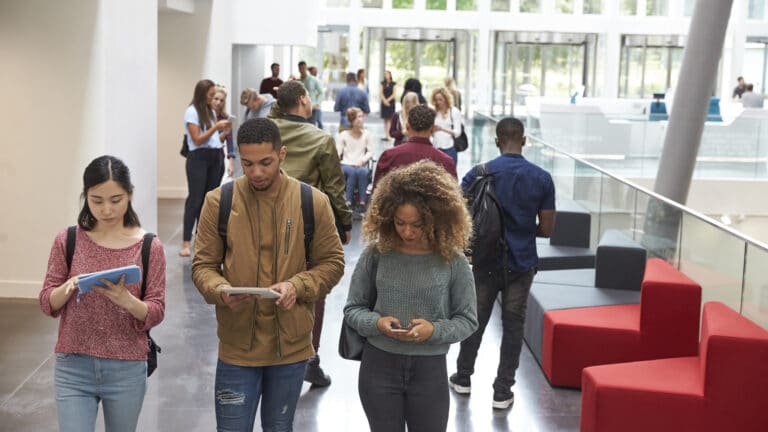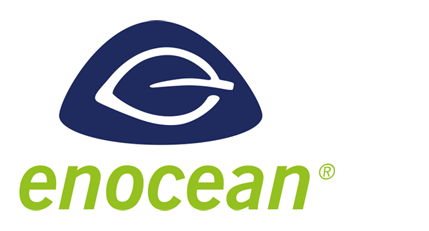NEXT LEVEL ACCESS
since 1833
SAG Smart Access belongs to Schulte-Schlagbaum AG. Since 1833, Schulte-Schlagbaum AG has been developing and marketing systems and solutions for organising access, storage and invoicing. Meanwhile, the focus has shifted to smart building and process organisation.





